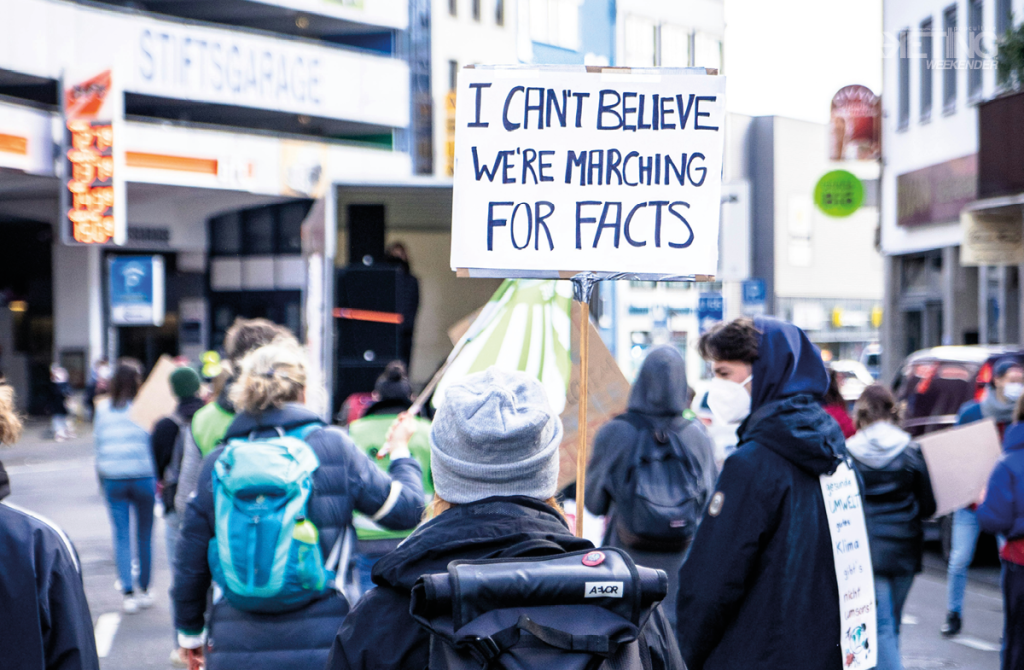By Sandeep Joseph
“Half the money I spend on advertising is wasted; the trouble is I don’t know which half.”- John Wanamaker, marketing pioneer, made 100 years ago
It’s the share of digital in Malaysia’s total media mix. And it’s way too much, in my book. Forget the fact that other countries around the world are headed in this same direction, or spending even more on digital platforms (the comparable number for the USA is 77%).
Forget the fact that consumers are spending more than 8 hours per day online, on average. I think it is still too much.
It was my honour and privilege to be asked by the MCMC to speak on the future of broadcast media in Malaysia. As an early evangelist for digital in India and Malaysia, the irony was not lost on me. Here was I, who had cried himself hoarse promoting the benefits of digital to all and sundry for decades, who had made a career from being amongst the more digitally savvy people in a room, now complaining that it has gone too far.
Why do I think so? My talk and the panel discussion delved deeper, and I just want to share some of those nuggets with you since you didn’t attend.
#1: As Ai Peng, Vice President of Malaysian Advertisers Association, said, digital must be seen as part of the bigger picture. With bosses seeking results and accountability, digital becomes a natural medium, especially given its deep reporting and quantifiable nature.
Are advertising spending too much there? She believes advertisers are following the consumer. It’s a fair point. Advertisers are not choosing mediums per se, they want results and are trying to keep up with audiences.
#2: Suparna Verma, Chief Strategy Officer, Media Prima Omnia, raised important points about measurement being inadequate and Malaysia not having a single currency to measure audiences across multiple mediums and platforms.
Yet there is enough research worldwide that shows that multiple mediums deployed in a campaign ( for example digital, outdoor, radio etc) will outperform only digital, by at least 3 times. She also spoke about effectiveness and efficiency, both critical in the media context. TV is now on multiple screens, including tonton which is Malaysia’s first and largest homegrown video streaming service.
#3: Sheila Shanmugam, the President of the Media Specialists Association and CEO of Mindshare Group highlighted the fact that digital can deliver results, which is why many clients prefer it. She also pointed out the fact that the real time nature of digital optimization is imposing great strain on media agencies in general, which is something I strongly agree with.
I feel too much optimization and panic is counter productive, and systems need time to learn too. Sheila also made the point that John Wanamaker, marketing pioneer, made 100 years ago “Half the money I spend on advertising is wasted; the trouble is I don’t know which half.”
#4: Matthew Ho, the Managing Director of Astro Media Solutions, made a very interesting observation: once he used to sell MSN and Yahoo, in the early 2000s. Clients would slowly adopt these mediums because it worked, and because they got results.
He said that advertisers 20 years later were still looking for the same things. Astro is making many efforts in localising content, and has also launched addressable advertising, in 2022, which was a first in SouthEast Asia.
Personally I am still excited by its possibilities, and our agency has tried it successfully, though I do feel the solution needs to keep getting better for more advertisers to use it regularly. Matthew also highlighted the scourge of piracy: Malaysia loses a minimum of RM 3 billion worth of revenues to piracy.

As part of my talk, I shared a few home truths with the audience, about the future of broadcasting.
#HOME TRUTH 1
Consumers & advertisers now have choices galore: broadcasters need to recognize this and adapt quickly.
#HOME TRUTH 2
There will likely be consolidation, loss of revenues, job losses, reskilling before there is clarity and a new status quo.
#HOME TRUTH 3
We must accept that the future is extremely uncertain and we need to be agile.
So what could be the solution?
Broadcasters possibly need to think more like a streaming studio, act like Netflix.
That means using good tech, creating a smooth user experience, being data-driven, investing in content both local and tentpole, adapting quickly to trends and audiences, having long tail content and so on.
Is this actually doable? That’s the key question. Do we have the willpower and the determination collectively?
If our broadcast industry does not adapt, that 74% is going to become 83% in 5 years. Consumers will get news from unofficial sources, fake news will flourish, many content creators will lose their jobs.
Advertisers will find their campaigns don’t work as well as they could. Agencies will continue to get stretched and lose talent.
Local publishers will, quite simply, fold and give up the ghost.
But it’s not about the ad and broadcast industry alone. It will be harder indeed to create a national dialogue and common agenda, when everyone is watching content in their own little personalised bubble. Fake news will triumph. And several billions of ad spend will continue to leave our shores, going to the Googles and Facebooks, and their successors.
Clearly, the industry stakeholders-clients, agencies, broadcasters, publishers and regulators- need to work together to right-size digital, and to ensure this 74% doesn’t haunt us all.
Sandeep Joseph is the CEO and co-founder of Ampersand Advisory, Campaign Global Media Independent Agency of the Year and FT Statista 500 High Growth Companies Asia Pacific 2023, 2024. He can be reached at sandeep@ampersandadvisory.com
MARKETING Magazine is not responsible for the content of external sites.











